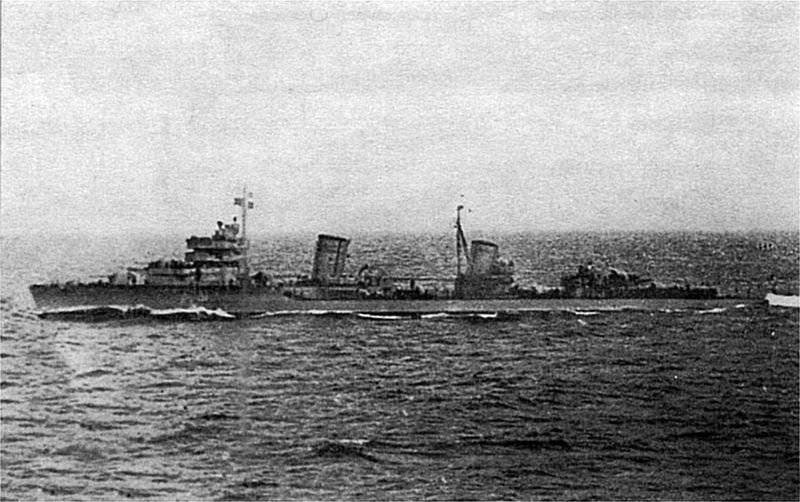Raid on Constanza
By the beginning of the war, the Black Sea Fleet in terms of the number of warships was significantly superior to the naval forces of Germany’s allies - Romania and Bulgaria. It consisted of ships of all classes: 1 battleship, 5 cruisers, 3 leader, 13 destroyers, 4 gunboats, 12 sentry ships, 15 minesweepers, 21 small hunter, 81 torpedo boat, 44 submarines.

The Romanian naval forces opposing the Soviet Black Sea Fleet numbered 4 destroyers, 3 destroyers, 1 submarines and 10 minesweeper boats. Bulgaria had 4 destroyer, 2 patrol ship and 5 patrol boats. Germany, before 1942, did not have its own ships on the Black Sea.
On June 25, 1941, the People's Commissar of the Navy N. Kuznetsov approved the raid plan presented to him by the command of the Black Sea Fleet, with the goal of destroying oil tanks in Constanta and reconnaissance of the enemy’s naval base. To achieve the goals indicated in the plan, an attack group of ships was created consisting of the leaders Moscow and Kharkov and three groups aviation Black Sea Fleet. To assist the strike group was a ship support group, consisting of the cruiser Voroshilov and the destroyers Soobrazitelny and Smyshlenny.
In the evening of June 25 1941 of the year, the strike group of ships left Sevastopol. The transition to the area of hostilities passed without interference. In 5 hours of the morning, the leaders went to the combat course and from the distance 130 cable (24 km.) Opened fire on oil storage facilities in the port of Constanta.
The silhouettes of the ships of the shock group very clearly loomed against the bright background of the horizon and soon the return fire of the German coastal 280-mm Tirpitz battery was covered by the leading Moscow leader, and the Kharkov had damaged the close shells of the projectiles. bringing the ship to 6 nodes. At the signal of the group commander, the ships, hiding behind a smoke screen, began to depart. And at this time the torpedo fired by the Soviet submarine Shch-206 gets into the left side of the boiler compartment of Moscow.
The commander of the U-206 submarine, Captain Karakai, from the first day of the war carried out patrol service in a given area, but the command did not inform him of the forthcoming operation of his surface fleet. Karakai took the "Moscow" for the Romanian destroyer "Regina Maria", very similar in its silhouette to the Soviet leader and dealt him a mortal blow.
As a result of the explosion "Moscow" broke into two parts and quickly went to the bottom. However, Karakai did not stop there, but went on a new attack, already on Kharkov. "U-206" launched two torpedoes, but the leader managed to deviate from them. Meanwhile, the destroyer "Smart" approached and his commander A. Vorkov showed himself in this situation from the most flawless side. The destroyer attacked, as he believed, the enemy boat, passing over the place of the volley and dropped two series of depth charges. After their rupture, black oil spots appeared on the surface. A few minutes later, near the destroyer, the feed and part of the cabin of the Soviet submarine Shch-206 quickly surfaced and quickly sank. This was evident from the "smart" and "Kharkov".
The boat quickly sank, and both ships lay on the opposite course.
As for the results of the shelling of Constanta, the tank farms in the port remained intact. The railway track and the station building were slightly damaged.
The Romanian boats and seaplanes saved 69 crew members, including the commander of the leader "Moscow".
For obvious reasons, none of the eyewitnesses could say anything about the details of this fatal raid. Among other things, these details could have a demoralizing effect on the personnel of the fleet. After all, it was only the fifth day of the war ...
Information